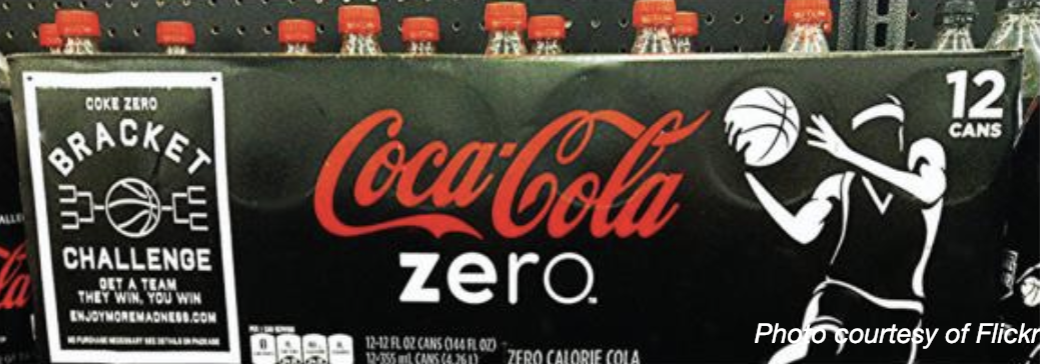By River Plouffe Vogel, Sports Editor
Sports fans everywhere are captivated by the magic of March Madness. The tournament embodies everything Americans love about college sports; the clash of titans like Duke and Kansas, upset wins, underdogs making incredible cinderella runs deep into tournament play and watching professional prospects on the biggest stage of their lives.
It’s raw, it’s emotional, it’s captivating.
Many of these players are just 18 years old and already they are being watched by millions world wide. Their entire seasons and perhaps their entire college athletic careers come down to one game, creating an intensity that makes it impossible for viewers to look away. These players are pushed mentally and physically until they can’t stand from exhaustion, and they give everything they have for their teams, their coaches, and their schools. But most will see little in return.
Is CBS paid 19.6 billion for the TV rights to March Madness in 2011 through the year 2032. It’s estimated over 10 billion dollars worth of bets were placed on the tournament in 2017. Experts estimate that over 6 billion dollars in corporate losses occur during the tournament weeks due to distracted workers. So whether people are winning or losing, the collective play of these young individuals generates huge amounts of money.
“Amateurism” and “student athlete” are titles used to protect the interests of organizations like the National College Athletic Association, that reaps huge profits, while giving the players very little in return. “Amateurism is the whole point,” Taylor Branch, a reporter for The Atlantic remarks. “Paid athletes would destroy the integrity and appeal of college sports,” he added.
“Big-time college sports are fully commercialized. Billions of dollars flow through them each year. The NCAA makes money, and enables universities and corporations to make money, from the unpaid labor of young athletes,” Branch continued.
Duke Coach Mike Krzyzewski makes nine million a year, while the president of Duke and the governor of North Carolina make a combined 1.4 million a year. Schools are increasingly investing money in athletics, and often it comes for a private source. Nike chairman Phil Knight gave 69 million to build Oregon’s 145,000-square-foot Hatfield-Dowlin Complex that is dedicated solely to the football team. This money is not invested in the students, but is used as a means to entice new recruits and sculpt players into money making machines.
The average Division I men’s basketball scholarship is worth 130,000, and that’s if they do the full four years, which is rare. For a long time players could be drafted right out of high school into the NBA, like Lebron James, who has joined other NBA stars to voice their distaste for the NCAA process. Currently players must attend one year of college before declaring for the draft, so that players can mature and experience college. On the flip side, the mandate guarantees that college programs will profit off their play for at least a year.
Scholarships are just a minor expense when compared to the amount of revenue from ticket sales, concession sales, merchandise, licensing fees, and other sources. If a player is famous enough, the university will profit off his play for decades to come.
Colonialism is a fitting metaphor for the current system in place.
“College sports, as overseen by the NCAA, is a system imposed by well-meaning paternalists and rationalized with hoary sentiments about caring for the well-being of the colonized. But it is, nonetheless, unjust. The NCAA, in its zealous defense of bogus principles, sometimes destroys the dreams of innocent young athletes,” Branch asserts.

